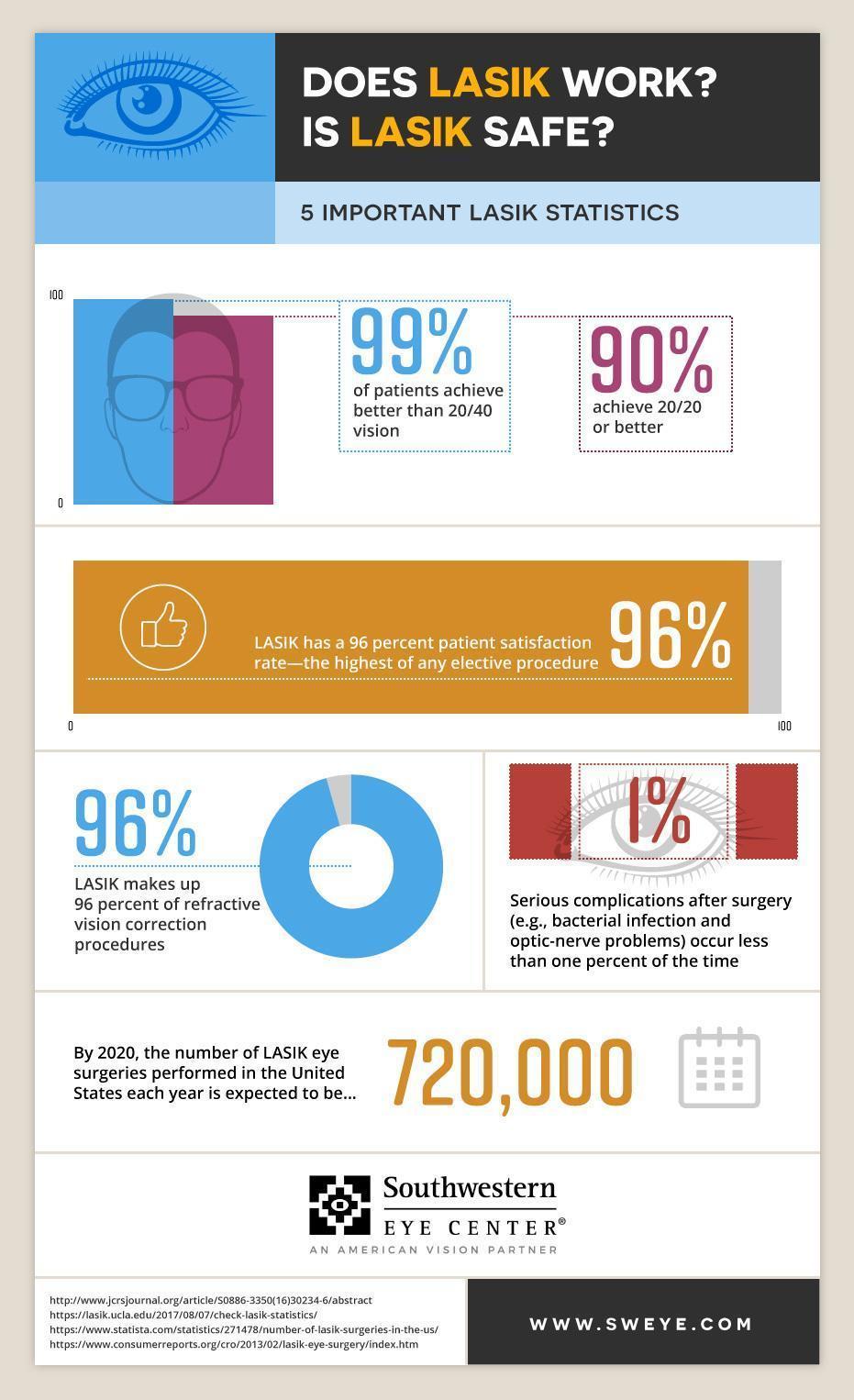SMILE Eye Surgical Procedure Offers A Much Less Invasive Option For Correcting Vision, Yet What Potential Dangers And Recuperation Elements Should You Take Into Consideration?

Published By-Jama Cleveland
If you're taking into consideration vision improvement options, SMILE eye surgical treatment could be on your radar. This cutting-edge treatment includes producing a little lenticule in the cornea to attend to nearsightedness and astigmatism. Unlike Refractive Surgery Risks For Astigmatism , it's much less invasive and promises quicker recovery. Nevertheless, while there are significant benefits, there are also risks included. Recognizing Minimally Invasive Vision Correction Healing Washington D.C. can aid you make an informed decision regarding your eye health and wellness. What's the recuperation procedure like, and what should you anticipate?
Understanding the SMILE Treatment
The SMILE procedure, or Tiny Laceration Lenticule Extraction, is a minimally invasive eye surgical procedure developed to deal with vision concerns like nearsightedness and astigmatism.
Throughout this procedure, a laser creates a little lenticule, or lens-shaped tissue, within the cornea. You won't require any type of stitches, as the small incision permits a quick healing.
The doctor after that removes the lenticule through this small cut, reshaping your cornea to improve your vision. Unlike conventional LASIK, SMILE does not require the creation of a large flap, which can lead to fewer issues.
You'll find that this technique is less turbulent to the corneal framework, potentially boosting stability. Recognizing the procedure helps you really feel a lot more confident as you consider your options for vision adjustment.
Perks of SMILE Eye Surgical Treatment
While thinking about vision correction options, you may discover that SMILE eye surgical treatment provides numerous compelling advantages.
Initially, it's minimally intrusive, needing just a tiny laceration, which implies less disturbance to your eye framework. This causes quicker recuperation times and less pain compared to conventional LASIK.
You'll also appreciate its accuracy; SMILE uses sophisticated laser technology to reshape the cornea, giving superb outcomes for nearsightedness and astigmatism.
Additionally, numerous clients report boosted visual quality, with less circumstances of glare or halos. Because there's no requirement for a corneal flap, your eyes remain extra secure post-surgery.
Lastly, the procedure usually takes just a few mins, enabling you to go back to your everyday tasks much faster than with other techniques.
Potential Dangers and Recuperation Refine
Although SMILE eye surgical treatment is normally risk-free, it's important to be aware of possible threats that can occur throughout or after the procedure. Some people might experience temporary side effects like completely dry eyes, glare, or halos around lights.
In unusual instances, problems such as infection, vision loss, or the requirement for additional surgical treatment can take place.
Recuperation usually includes a few days off and preventing arduous tasks. You must follow your specialist's post-operative instructions thoroughly, including using prescribed eye declines and going to follow-up visits.
Numerous clients see enhanced vision within a few days, but full recuperation can take weeks. Staying client and offering your eyes time to recover is crucial for the best end result.
Conclusion
In conclusion, SMILE eye surgical procedure supplies a modern-day, minimally invasive choice for remedying nearsightedness and astigmatism. With its quicker recovery time and lowered discomfort, it's an appealing selection for many. Nonetheless, it's necessary to weigh the prospective dangers against the benefits. By staying educated and adhering to post-operative care, you can maximize your chances of a successful end result. If you're considering this procedure, speak with your eye care professional to figure out if it's right for you.

